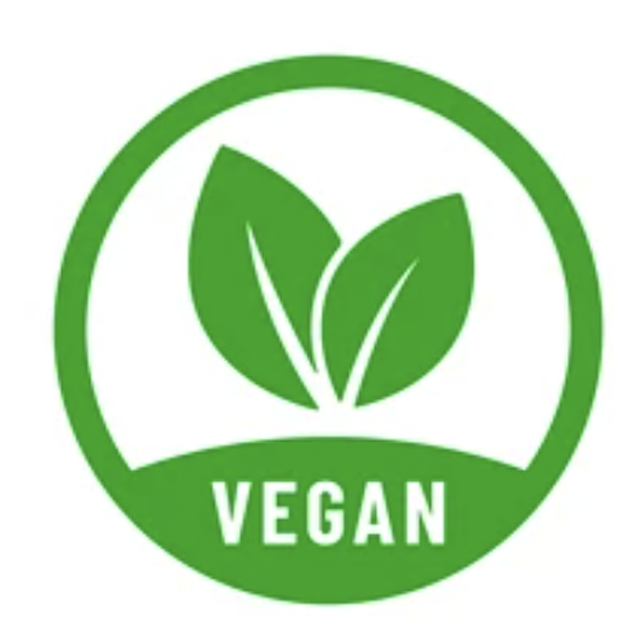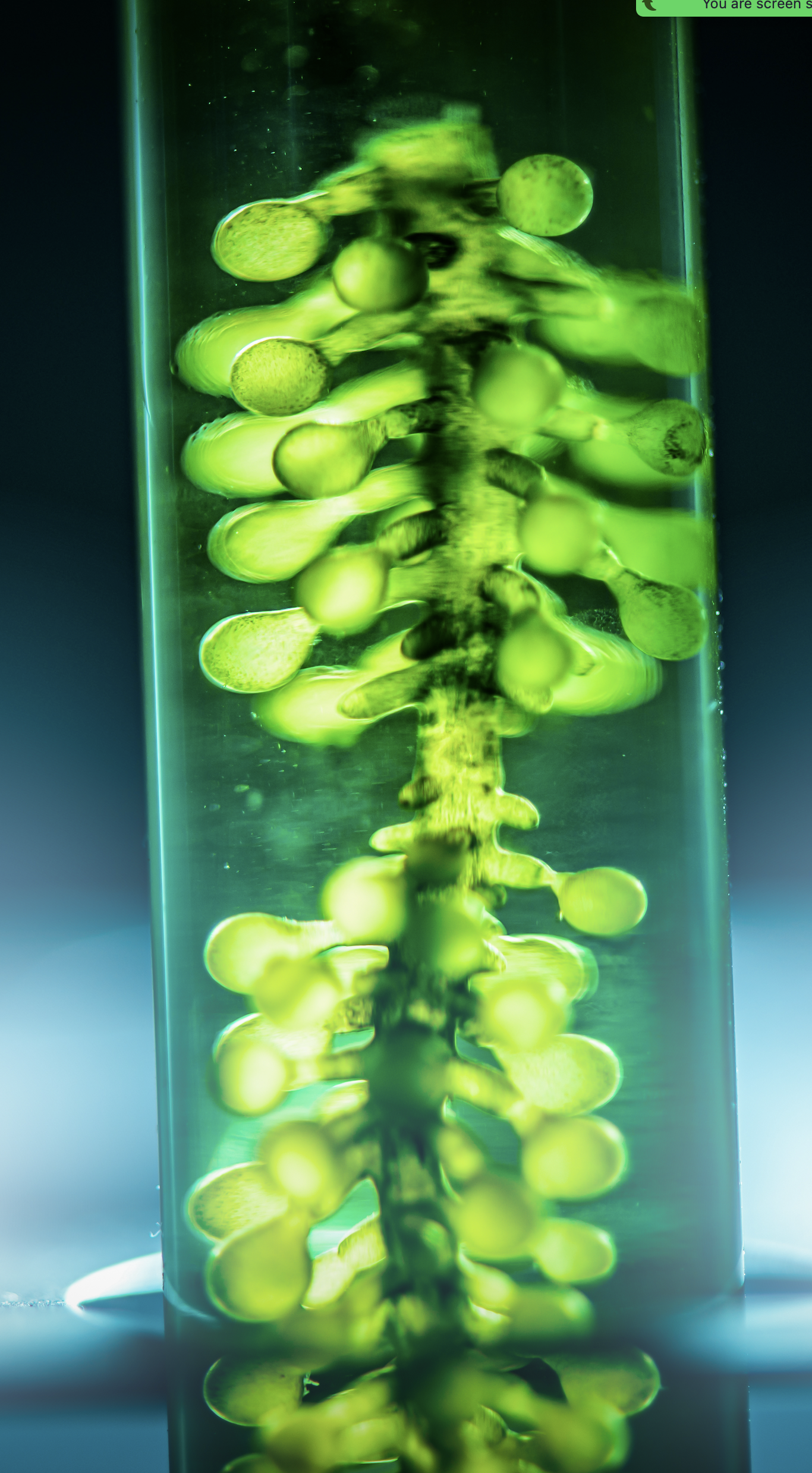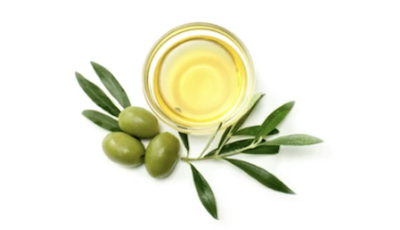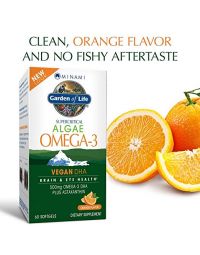Omega-3 fatty acids are produced directly from algae — fish actually get their high omega-3 values from algae. Algae are commonly thought to be a great vegan source of omega-3s, but there’s controversy over whether they are truly vegan.


Omega-3s in Fish Oil Come From Algae
Fish obtain their nutrients through their environment and what they eat. When fish consume water, sediments, and other marine life, nutrients (and toxins) accumulate in their bodies. Like humans, fish do not produce omega-3 fatty acids on their own. This means they must obtain it through the food they consume. Algae are low on the marine food chain and are a staple in a fish’s diet. Omega-3s come from algae (more specifically microalgae). Microalgae are the initial producers of the two main types of omega-3 fatty acids: EPA and DHA. This is unique as most non-animal sources of omega-3s contain only ALA (a third omega-3 fatty acid that is not as active in the body but serves as a dietary precursor for EPA and DHA). Algae are heavily consumed by fish — this is why fish are high in omega-3 fatty acids and why fish oil is commonly used as an omega-3 supplement.


Algae Is Vegan
While algae are commonly viewed as an option for vegetarians or vegans, there have been concerns raised over whether it is truly vegan. Their appearance and growth causes some to wonder if they are alive, making them not truly vegan. This is mainly because algae are living organisms. The microalgae that produce omega-3 fatty acids are unicellular organisms. They use photosynthesis to produce their own nutrients, and even produce oxygen similarly to land plants. Because of this, many people in the vegan community see algae as a category of “sea vegetables,” and believe them to be as vegan as spinach or any other vegetable that grows on land. The term “vegan” is not regulated by the USDA or any other government entity, but the vegan community has come up with their own standards to make it easy for consumers to check what is vegan and what is not. There is a Certified Vegan Logo administered by the Vegan Awareness Foundation, a nonprofit dedicated to education about veganism. They place their logo on individual products that apply for certification. People for the Ethical Treatment of Animals (PETA) is one of the most well-known animal rights organizations. They approve of algae as a source of omega-3s and classify algae as vegan.

Algae Omega-3s’ Supports Heart Health, Healthy Blood Pressure Levels, Possibly Brain Health and Skin Care
Omega-3 fatty acids are required for healthy bodily functions but we cannot produce them on our own. This is why they are known as an “essential fat.” Omega-3s act as a precursor to locally produced hormones. They also activate certain channels in the body. These hormones and activated channels can help to regulate blood clotting processes, artery constrictions and relaxation, and inflammation, among many other benefits. These processes result in promoting heart health, healthy blood pressure levels, and may even support eye and brain health. These effects are hypothesized to promote the prevention of heart disease and stroke, and possibly promote control over several inflammatory diseases and mental health. Algae oil extract has even been used in face and skin care products for its purported benefits on stimulating collagen. This is believed to result in anti-aging and skin refreshment outcomes.

Farmed Microalgae Is Less Contaminated Than Wild Microalgae
Because microalgae are now known as a great source of omega-3s, the demand for them has grown. Algae was initially collected from natural or “wild” environments, but contained ecosystems, or “farmed” environments, are gaining traction. There are a few issues that come with collecting wild microalgae. Although cheaper to maintain, wild microalgae have higher risks of contamination from biological pollutants. These pollutants can decrease lipid production, further decreasing the amounts of omega-3 available in the microalgae. You would think this would make farmed microalgae the preferred choice, but farmed environments have high manufacturing and maintenance costs that limit commercialization. Always be sure to check that your supplements meet the following purity standards: free from PCBs (a high toxicity product banned in the U.S.), dioxins (highly toxic compounds that can be byproducts of manufacturing processes), and lead or mercury contamination.
Summary - Microalgae is the real source of omega 3
Microalgae is the only self-producing organism of omega-3 fatty acids. Therefore, the organisms that require omega-3s for healthy bodily functions obtain it through a chain of algae consumption. This means the omega-3 fatty acids found in fish oil come from fish who consume microalgae. Microalgae, and all algae, are considered to be vegan by several animal rights organizations. This makes it a great way to circumvent using animal products while still receiving its benefits of supporting heart health, healthy blood pressure levels, brain health, and restorative skin care. When choosing a microalgae manufacturer, those who use farmed microalgae may have less biological contaminants, but can be harder to find as many farmed environments are not yet commercialized.
FAQ on Algae Omega-3
For a product to be considered vegan, it must not contain any animal products or by-products. This means it must not only be free of meat and poultry, but also dairy or egg products. This includes any products containing gelatin, seafood, cheese, and milk. A vegetarian product cannot contain any meat or poultry, but animal products are still allowed. This means you cannot have seafood, but you can have products that contain eggs, milk, and cheeses. A pescatarian product cannot contain any meat or poultry, but they can contain seafood and shellfish along with animal products. This typically means it can include eggs, milk, and cheeses as well.
Seaweed is another sea plant and there is some controversy surrounding its vegan status. Like microalgae, seaweed’s appearance and growth patterns cause some to believe it is alive. They are organisms, meaning they are technically alive, but no more than a land plant. They also use photosynthesis to produce their own nutrients and are considered to be “sea vegetables” by many animal rights organizations, like microalgae. They differ from microalgae in the way that they are multicellular and are categorized as macroalgae. Seaweed contains iron, potassium, magnesium, calcium, and many other nutrients, acting as a nutritional pillar of a vegetarian or vegan diet.
Multiple studies show that algae oil delivers equivalent amounts of omega-3 as fish does. According to the National Institutes of Health Office of Dietary Supplements, a typical fish oil supplement will contain 180 mg EPA and 120 mg DHA within 1,000 mg of fish oil (typically 1 capsule). Algae oil supplements contain comparable amounts, if not more. For reference, in Nordic Naturals Algae Omega supplements, there is 195 mg EPA and 390 mg DHA within 2 capsules. The specific amounts of EPA and DHA will vary among products; therefore it is always a good idea to check the label of your supplements for the true omega-3 values of your product.
References
- Adarme-Vega T, Lim D, Timmins M, Vernen F, Li Y, Schenk P. Microalgal biofactories: a promising approach towards sustainable omega-3 fatty acid production. Microb Cell Fact. 2012;11(1). doi:10.1186/1475-2859-11-96.
- Adarme-Vega T, Lim D, Timmins M, Vernen F, Li Y, Schenk P. Microalgal biofactories: a promising approach towards sustainable omega-3 fatty acid production. Microb Cell Fact. 2012;11(1). doi:10.1186/1475-2859-11-96.
- Arterburn L, Oken H, Bailey Hall E, Hamersley J, Kuratko C, Hoffman J. Algal-Oil Capsules and Cooked Salmon: Nutritionally Equivalent Sources of Docosahexaenoic Acid. J Am Diet Assoc. 2008;108(7):1204-1209. doi:10.1016/j.jada.2008.04.020.
- Chaddha A, Eagle K. Omega-3 Fatty Acids and Heart Health. Circulation. 2015;132(22).
- Engström K, Saldeen A-S, Yang B, Mehta JL, Saldeen T. Effect of fish oils containing different amounts of EPA, DHA, and antioxidants on plasma and brain fatty acids and brain nitric oxide synthase activity in rats. Upsala Journal of Medical Sciences. 2009;114(4):206-213
- Ji X, Ren L, Huang H. Omega-3 Biotechnology: A Green and Sustainable Process for Omega-3 Fatty Acids Production. Front Bioeng Biotechnol. 2015;3. doi:10.3389/fbioe.2015.00158.
- Kris-Etherton P, Harris W, Appel L. Omega-3 Fatty Acids and Cardiovascular Disease. Arterioscler Thromb Vasc Biol. 2003;23(2):151-152.
- Li X, Liu J, Chen G, Zhang J, Wang C, Liu B. Extraction and purification of eicosapentaenoic acid and docosahexaenoic acid from microalgae: A critical review. Algal Res. 2019;43:101619. doi:10.1016/j.algal.2019.101619.
- Office of Dietary Supplements - Omega-3 Fatty Acids. Ods.od.nih.gov. . Published 2021. Accessed February 9, 2022.
- Shen Y, Yuan W, Pei Z, Wu Q, Mao E. Microalgae Mass Production Methods. Trans ASABE. 2009;52(4):1275-1287. doi:10.13031/2013.27771.
- Skulas-Ray A, Wilson P, Harris W et al. Omega-3 Fatty Acids for the Management of Hypertriglyceridemia: A Science Advisory From the American Heart Association. Circulation. 2019;140(12). doi:10.1161/cir.0000000000000709
- Zhu Z, Jiang J, Fa Y. Overcoming the Biological Contamination in Microalgae and Cyanobacteria Mass Cultivations for Photosynthetic Biofuel Production. Molecules. 2020;25(22):5220. doi:10.3390/molecules25225220.
-
Triglyceride Omega 3
By Dr. AlishaMay 31, 2022 -
Omega-3 For Dry Eyes
By Dr. AnnaJune 28, 2022 -
Olive Oil Omega-3
By Dr. AlishaAugust 14, 2022 -
Omega 3 Acid Ethyl Esters – Time to Upgrade Omegas
By Chemist BillMarch 8, 2022
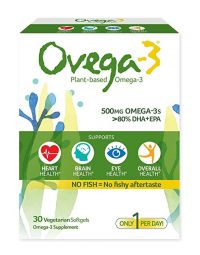
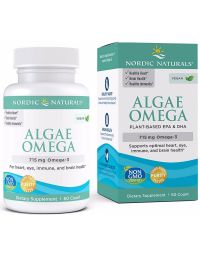
Search the blog
Article Categories
- All Articles (95)
- Rating Charts (1)
- Beauty & Skincare (17)
- FAQ (0)
- Hair Care (9)
- Health & Wellness (12)
- Anti-Aging (4)
- Kid's Health (0)
- Makeup (2)
- Men's Health (2)
- Oral Care (3)
- Sunscreen (7)
- Skin Tools & Treatments (10)
- Supplements (26)
- Videos (0)

